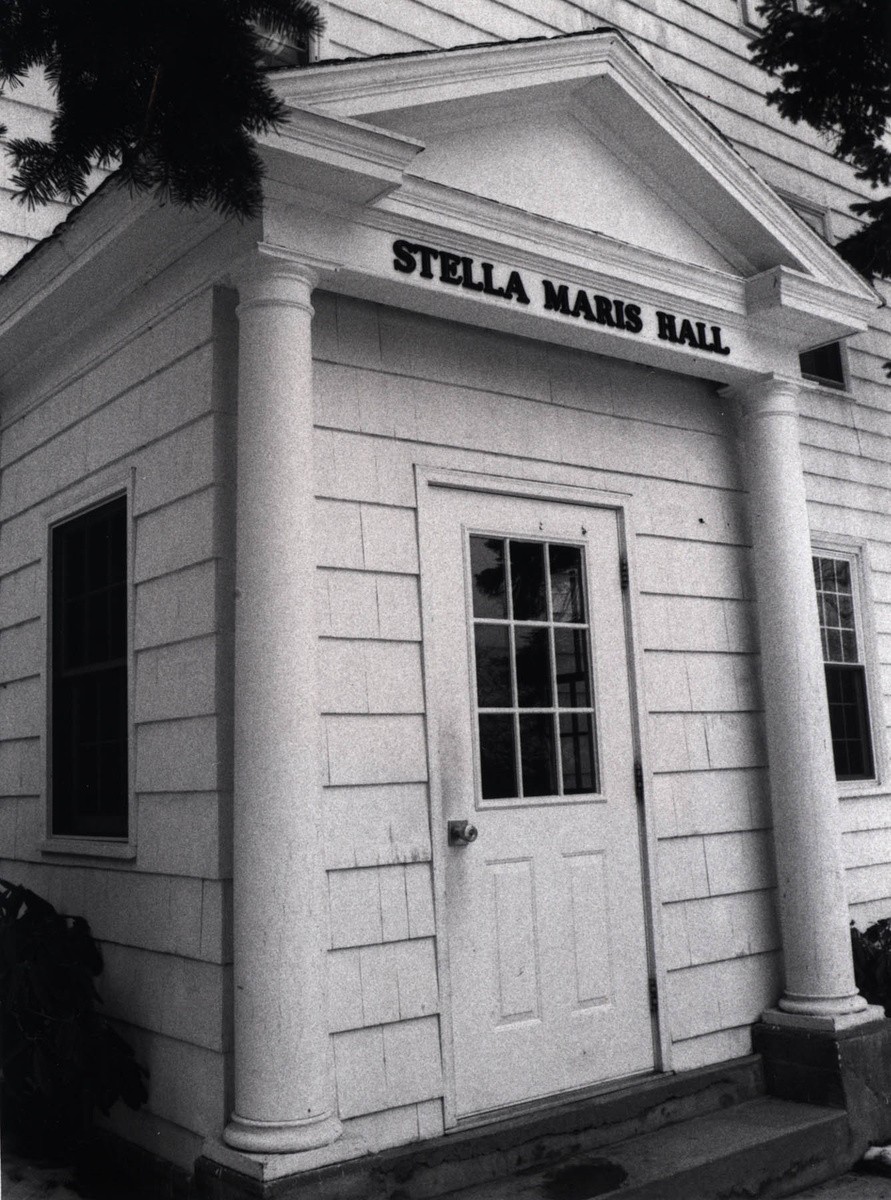
The History of Maine's Only Medical School
The University of New England College of Osteopathic Medicine was founded in 1978 by the New England Osteopathic Foundation, and to this day it is Maine's only medical school. The College that year consisted of a newly revamped Stella Maris Hall, 36 first-year students, and 12 faculty members. Today UNECOM has some of the best medical education facilities in the nation with the Harold Alfond Center for Health Sciences, nearly 700 students and more than 250 faculty members. In addition, UNECOM has been recognized for excellence in primary care, geriatric education, and osteopathic manipulative medicine.
In 1972, a group of New England osteopathic physicians met informally to discuss their concern about the aging population of osteopathic physicians in the New England area and the difficulty of New England students in securing admission to osteopathic colleges. Osteopathic physicians comprised the majority of physicians available in numerous rural and urban areas. Failure to replace them would cause not only a marked loss to the profession but, more important, to the patients who had come to depend on osteopathic medical care. The group discussed ways of dealing with this problem and moved to establish an osteopathic college in New England.
The New England Foundation for Osteopathic Medicine (NEFOM) was incorporated in 1973 in the Commonwealth of Massachusetts. Since its inception, the purpose of this nonprofit tax-exempt organization was "to operate and maintain a foundation for the promotion of osteopathic medical education, osteopathic medical research, and the improvement of health care in osteopathic medical hospitals and related institutions."
These goals were established as a response to the needs recognized by the profession, which later became documented in studies supported by the Bureau of Health Manpower of the then U.S. Department of Health, Education, and Welfare. The establishment of NEFOM, as well as the planning for the creation of a college of osteopathic medicine, was based on regionalism: the development of one osteopathic medical school to serve the six New England states was looked upon as efficient and economical use of the region's resources.
The University of New England College of Osteopathic Medicine opened its doors in the fall of 1978 with an entering class of 36 students. This momentous achievement was largely due to the financial support and hard work of individual osteopathic physicians, their state societies, the region's osteopathic hospitals, and grateful patients. Following four years of continued effort and financial support from the profession and its friends, the College graduated its first class in June of 1982.
To learn more, view the New England Osteopathic Heritage Center at UNE Library Services.
